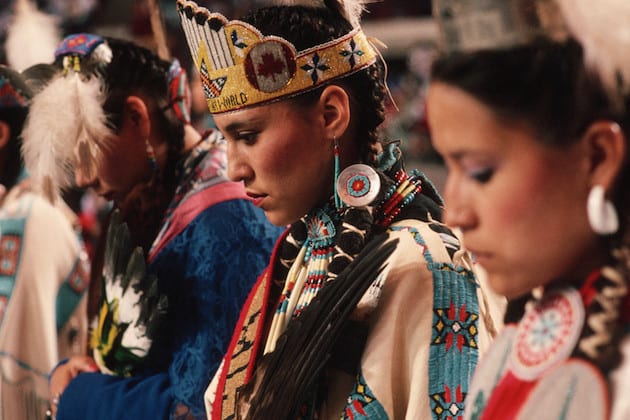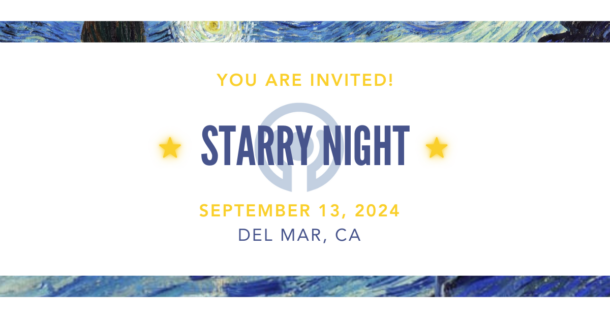I lived in Northwest Arkansas for several years. My little town was just across the Oklahoma state line and the Cherokee Nation, which is the federally-recognized government of the Cherokee people. We often traveled to Tulsa for shopping and entertainment along the old two-lane highway that runs through Cherokee land. There were many fatal accidents on that highway, usually blamed by a local white man on some drunk Indian.
This is Minority Mental Health Month and my memory of the Cherokee Nation came to mind as I thought about stigma and discrimination against all First Americans. Couple that discrimination with the poverty inherent on reservations and the deep need for mental health care.
The prevalence of suicide is a strong indication of the necessity of mental health services in the Alaska Indian and Native American community.
Alaska Native males have had one of the highest documented suicide rates in the world. Suicide rates are particularly high among Native American males ages 15-24, who account for 64 percent of all suicides by Alaska Indigenous peoples and Native American individuals.
Whats wrong with this picture of the people who occupied what we call the United States for thousands of years before Europeans and others arrived?
One Native American mental healthcare provider said We need to redefine mental health for us as tragedy because historically when our people were sick, there wasnt a stigma attached to it. If we can promote the cultural perspective of how we care for our people, no matter what happens to them, then that is a different approach in terms of prevention and intervention.
One in five Americans experience a mental health condition, and yet many sufferers dont receive any treatment, as they are too ashamed or embarrassed to come out and ask for help. For this reason, many individuals slip through the cracks and do not get the help they need. This trend is amplified in minority groups, and that is why its so important to bring awareness to such an important issue.
Among American Indian and Alaska Native (AIAN) people, the concept of mental illness has different meanings and is interpreted in various ways.
The failure of the U.S. government to fulfill its treaty agreements with Alaskan and Native American people has led to disparities in income and education, the pervasiveness of poverty; and access to care issues. These domains help to set the stage for health disparities that frequently catapult native people to early death. Many of these mental and physical health conditions are preventable.
I have Native American blood running through my veins, as do millions of other Caucasians. My ancestors were the Blackfeet who live in Northwestern Montana. It is one of the largest tribes in the nation. My sensitivity to the plight of Native Americans with mental illness is especially grave.
One Native American community leader said, I am dealing with people who have been disenfranchised and their mental illness originates in the system around them, the environment, the surrounding historical trauma. They are not crazy; they are people responding to trauma in their life.
The Chief of the Cherokee Nation, Wilma Mankiller said, In Iroquois society, leaders are encouraged to remember seven generations in the past and consider seven generations in the future when making decisions that affect the people. May our generation consider the past and future regarding mental health care for all minorities, as we should for all other Americans.
To see more of Tom’s work, visit his website, read his posts on MVP seminars, Tumblr, and Stigma Fighters, or check out the rest of his posts for IBPF here.


